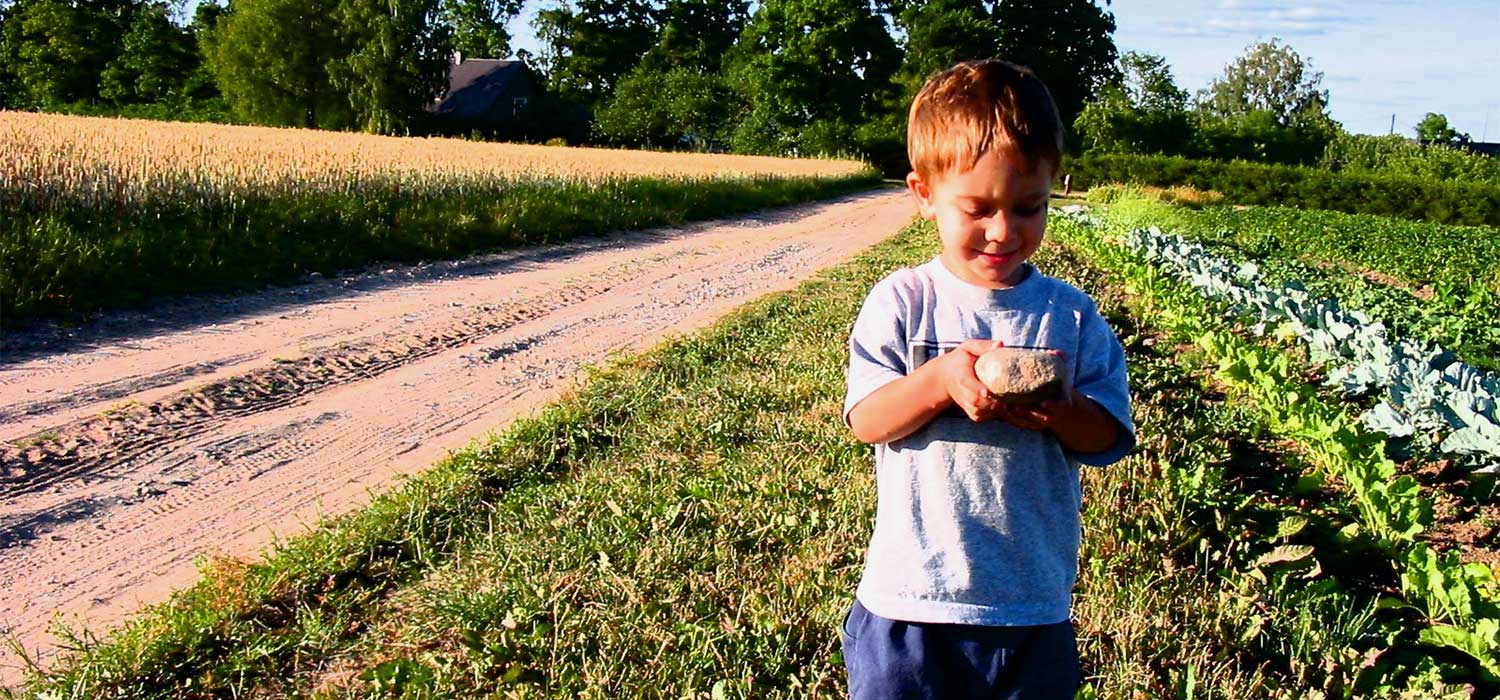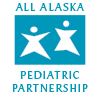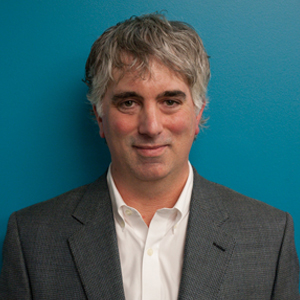
Investment in America’s Infrastructure Begins with Young Children and Their Families
By Dr. Matthew Hirschfeld, MD, PhD
The Costs of Not Getting Brain Development Right the First Time
As a society, America has grown to have more awareness and understanding of the effects of adversity on our population’s health, and we now have access to evidence-based programs that have been shown to improve the wellness outcomes of children and their families. If all Americans commit to investing in the most crucial infrastructure to the future health of the United States (U.S.) — families with infants and young children —our newest generation of children will grow up ready to realize all of their potential.
However, to accomplish this task, we as a society need to invest in families with infants and young children up front, knowing that to not do so will result in much higher costs in the future. In fact, the Centers for Disease Control and Prevention (CDC) has estimated that each maltreated child costs society $210,000 over his or her lifetime due to increased utilization of medical services, increased interactions with the legal system, increased need for mental health services, and other expensive interventions.
Dr. James Heckman, a Nobel-laureate economist, has shown that the greatest rate of return for societal investment comes from the investment in programs that affect early childhood before kids even enter preschool and kindergarten. Brain science shows us that the brain’s capacity to change is greatest in children under the age of three, and every program that has been shown to positively affect the health and wellbeing of children under that age has also been shown to save money over the child’s lifetime. Thus, addressing and preventing abuse, neglect, and other forms of severe stress in today’s children is imperative to improving the long-term health and economic viability of the people of the U.S.
Adverse Childhood Experiences (ACEs) — The Common Language of Health
Children in the U.S. should not have to worry about where their next meal will come from, whether they will be safe when they get home from school, or who will be there to help them during an inevitable stressful experience. Instead, they should feel safe, loved, and supported, with healthy, stable adults surrounding them to ensure that their brains and bodies grow to realize their maximal potential. We know that if children lack healthy relationships with the adults in their lives, they are less able to handle stressful situations, self-regulate their behavior, do well in school, and form healthy relationships when they’re older.
Throughout the last 20 years, the term Adverse Childhood Experiences (ACEs) has been used to describe many of the negative experiences impacting kids. If these ACEs occur on a chronic basis, especially to children without a supportive adult in their environment, they can lead to sustained high levels of stress known as toxic stress. Children who are exposed to ACEs and toxic stress are at higher risk for almost all the chronic physical and mental health conditions that the U.S. spends billions of dollars treating every year, including obesity, heart disease, autoimmune disorders, tobacco use, alcoholism, and suicide. In fact, the correlation between exposure to ACEs and suicide attempts is higher than the risk of lung cancer with a life-long history of smoking cigarettes.
In my own pediatric practice, I see children every day who have been exposed to ACEs and who experience toxic levels of stress. These children present to my clinic with headaches, stomachaches, chest pain, and other somatic complaints that reflect their inner struggle with stressful events when they don’t have proper coping mechanisms, such as self-regulation, to help them make it through their days in a healthy way.
THE 10 ADVERSE CHILDHOOD EXPERIENCES (ACEs)
- Physical abuse
- Sexual abuse
- Emotional abuse
- Emotional neglect
- Physical neglect
- Witnessed domestic violence
- Mental illness in home
- Family member incarcerated
- Alcohol/drug problems
- Parental separation or divorce

The Next Steps: Helping Families Build Resilience
The underlying goal of all programs that help young children realize their potential is to provide strong, knowledgeable, and caring adults who surround children with a stimulating and safe environment in which they can develop and thrive. These programs range from parenting classes that teach parents the skills they need to build lifelong resilience in themselves and in their children to programs that teach childcare providers and teachers how the developing brain learns best at different stages of development. Investing in these types of programs, and others that focus on young children and their families, has been shown to have a uniquely positive effect on both the health and economic wellbeing of society as a whole.
On a more personal note, I’ve learned how to talk to families in my pediatric practice to help identify when things aren’t going well. Because all families experience times of significant stress, I ask four questions during office visits to identify if families need help and maybe don’t know how to ask. These are questions like “When was the last time you did something fun with your child?” or “What three words would you use to describe your child?” By asking these questions, I can begin a dialog that will help families to get back on a positive track, a track that will allow them to support their young child’s development and learning and set him or her on a path to reaching their maximal potential.
Not everyone has the time, knowledge, or capacity to start a major program to help families of young children, but we all have the ability to look out for our neighbors and co-workers, especially those with young children. Given what we know about brain development and overall wellness — as well as the economics of getting brain development right the first time — we need to use our collective power and political will to advocate for future generations and to prioritize programs and services for our youngest population and their parents at the national, state, and local level. If we do this, individually and collectively, we will have truly invested in the future infrastructure of America.
4 QUESTIONS TO ASSESS FAMILY WELLNESS
- Has anything really stressful happened to your child since the last time I saw you?
- How has that affected your child’s behavior?
- What have you done that’s really fun with your child since the last time I saw you?
- Corollary question: How has this event, along with any changes in your child’s behavior, affected you?
- Can you give me three words that describe your child to you?


Matthew Hirschfeld, MD, PhD is the Medical Director of Maternal Child Health Services at Alaska Native Medical Center. He moved from Seattle to Alaska in 2005 to become a pediatric hospitalist. Today, in addition to his hospitalist and other clinical duties, he works in hospital administration, where he focuses on strategic planning and development of healthcare services to improve the health and wellness of Alaska women and children. Dr. Hirschfeld is on the Board for the Alaska Chapter of the March of Dimes and the Rasmuson Foundation. He is also the Board Chair of the All Alaska Pediatric Partnership, a 501c3 dedicated to improving the health and wellness of the next generation of Alaska families.
Dr. Matt Hirschfeld, MD, PhD
Medical Director of Maternal Child Health Services
Alaska Native Medical Centerl Center